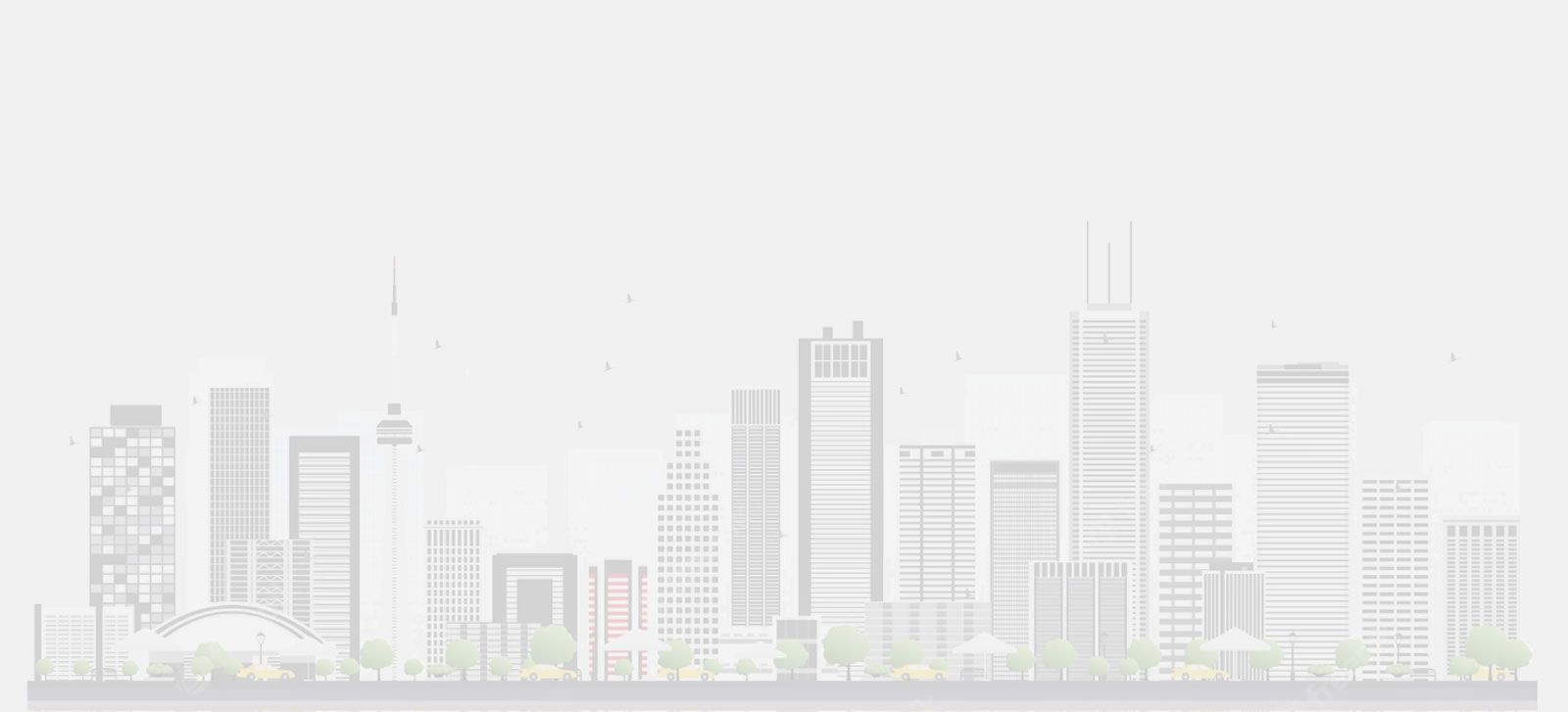
Welcome to our comprehensive guide on the Canada Protected Person Application process.
Canada is committed to providing refuge to individuals who have faced persecution or danger in their home countries. The Protected Person status is a key step toward achieving safety and security in Canada. This page will walk you through the application process, eligibility criteria, and important considerations for those seeking protection in Canada.
Protected Person status is granted to individuals who meet specific criteria and have been found to be in need of protection in Canada. This status is typically granted to individuals who have a well-founded fear of persecution, cruel and unusual treatment, or risk to their life or safety in their home country.
Eligibility Criteria
To be eligible for Protected Person status in Canada, you must meet the following criteria:
1. Well-Founded Fear of Persecution
You must demonstrate a well-founded fear of persecution in your home country based on factors such as your nationality, religion, political beliefs, race, or membership in a particular social group.
2. Risk to Life or Safety
You must show that there is a real and substantial risk to your life, or you would be subjected to cruel and unusual treatment or punishment if you were to return to your home country.
3. Inability to Seek Protection
You are unable or unwilling to seek protection from the authorities in your home country or find refuge within your country due to the fear of persecution or danger.
4. No Exclusion Grounds
You are not inadmissible to Canada on grounds such as security, criminality, or human rights violations. Any inadmissibility issues should be addressed as part of your application.
Application Process
The application process for Protected Person status involves several key steps:
1. Make a Refugee Claim
If you are in Canada, you can make a refugee claim at a port of entry, a Canada Border Services Agency (CBSA) office, or an Immigration, Refugees, and Citizenship Canada (IRCC) office. If you are outside Canada, you can apply through a Canadian embassy or consulate.
2. Attend an Interview
After submitting your claim, you will be interviewed by an immigration official who will assess your eligibility for Protected Person status. It's crucial to provide all relevant information and supporting documents during this interview.
3. Medical and Security Checks
You may be required to undergo medical and security checks as part of the application process.
4. Decision
Once your application is reviewed, a decision will be made on whether to grant you Protected Person status. If your claim is approved, you will be granted protected person status in Canada.
After obtaining Protected Person status, you may be eligible for various benefits and services, including access to healthcare, social services, and the opportunity to apply for permanent residency in Canada. It's important to explore your options and understand the responsibilities and rights that come with your protected person status.
Obtaining Protected Person status in Canada is a significant step toward finding safety and security for individuals who have faced persecution or danger in their home countries. The application process can be complex, and it's essential to provide accurate information and documentation to support your claim.
For more detailed information on the application process, eligibility criteria, and next steps, please consult with our qualified immigration professional. Canada's commitment to protecting individuals in need underscores the importance of seeking refuge through legitimate channels and complying with Canadian immigration laws and regulations.

